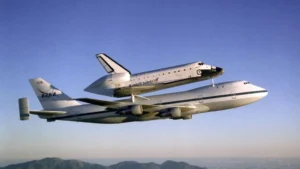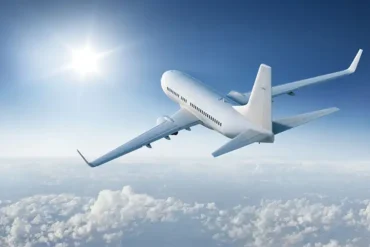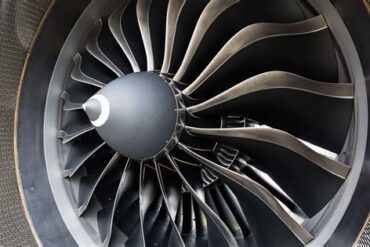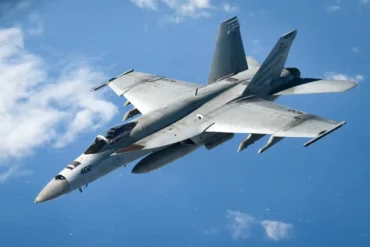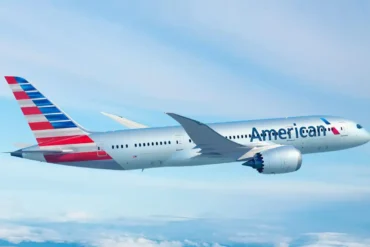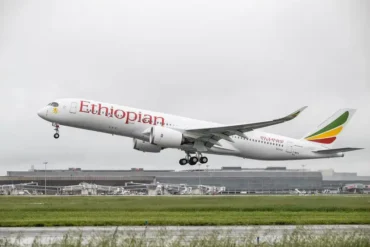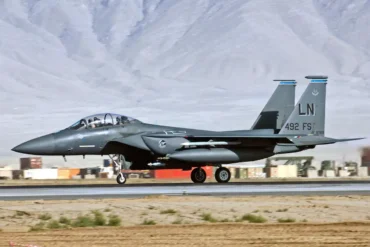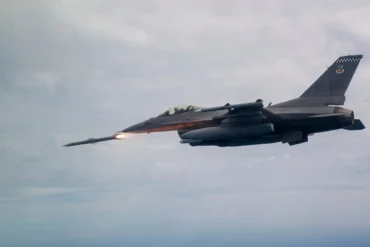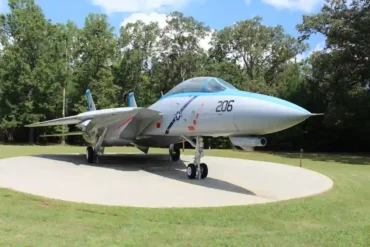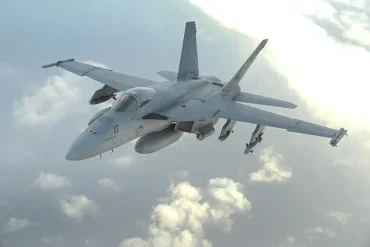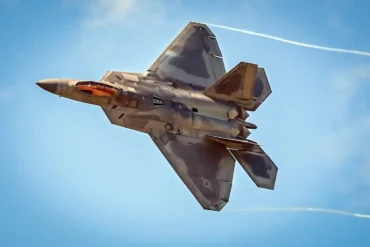Since the dawn of aviation, engineers and innovators have continuously pushed the boundaries of what is possible in the sky. Driven by the enduring human fascination with flight, they have created extraordinary aircraft that have fundamentally transformed how we travel, connect, and explore our world and beyond. Here is a closer look at some of the most groundbreaking airplanes throughout history.
1. The Wright Flyer: Unlocking the Secrets of Flight
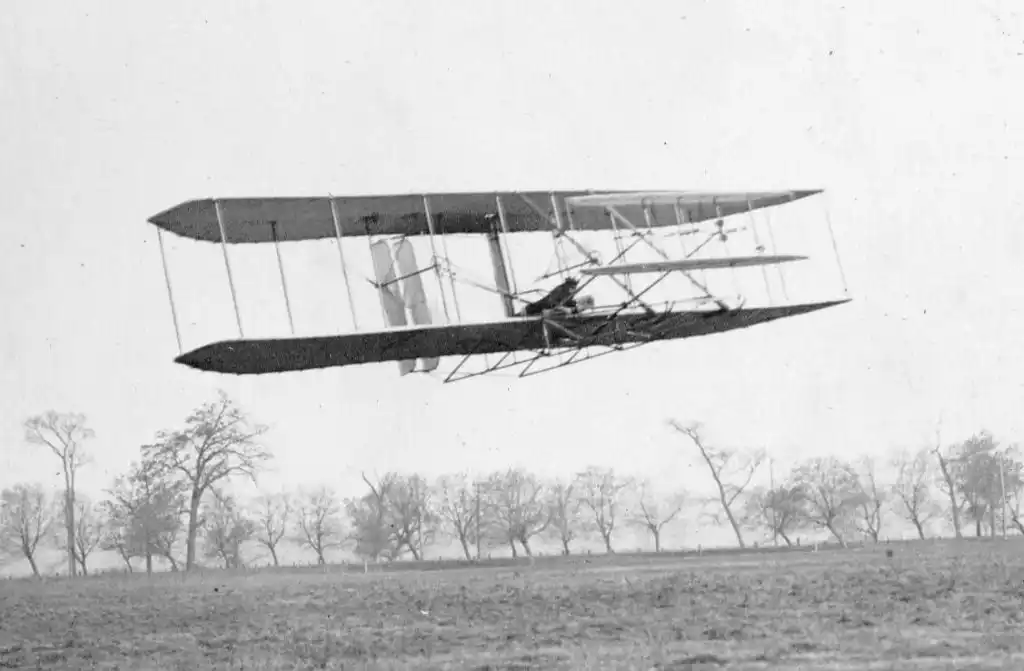
On December 17, 1903 near Kitty Hawk, North Carolina, Orville and Wilbur Wright made history with the first controlled, sustained, powered flight in a heavier-than-air aircraft. Their Wright Flyer biplane was a fragile, wooden aircraft, but its design unlocked the secrets of lift, control, and propulsion that had eluded aviators for centuries. Weighing just 605 pounds, the Flyer had two propellers powered by a lightweight gas engine, providing just 12 horsepower. Orville piloted the inaugural flight, covering 120 feet in 12 seconds. This modest beginning ushered in the age of aviation.
2. The de Havilland Comet: The Dawn of the Jet Age
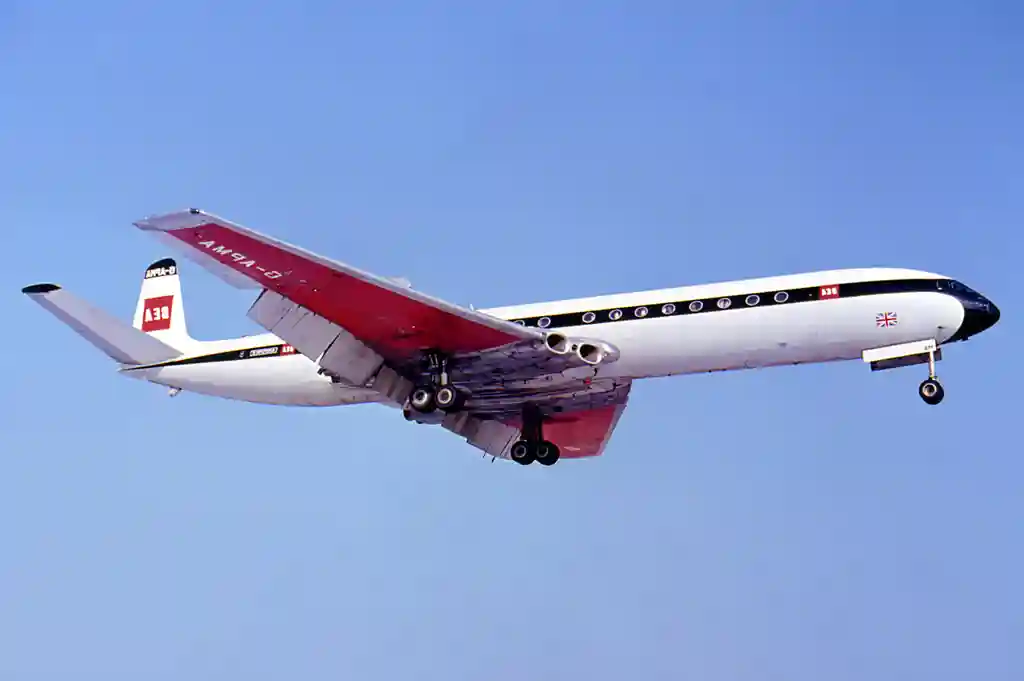
On May 2, 1952, the de Havilland Comet became the first commercial jet airliner to enter service. This sleek, British-built aircraft could cruise at a speed of 500 mph, more than 100 mph faster than piston-engine airliners of the time. Its four jet engines slashed travel times and offered a quieter, more comfortable ride. The Comet’s innovative design featured large square windows and a futuristic aerodynamic shape. However, a series of fatal crashes due to structural failures temporarily grounded the fleet. After design fixes, the Comet was instrumental in proving the safety and efficiency of jet travel.
3. The Lockheed U-2: Spying from the Edge of Space

Some 60,000 feet above the ground, out of reach of interceptors and surface-to-air missiles, Lockheed’s U-2 cruised at the very edge of space. The CIA operated this enigmatic aircraft starting in the mid-1950s to gather intelligence on the Soviet Union and other Cold War adversaries. Designed for high-altitude reconnaissance, the lightweight glider had extraordinarily long, narrow wings to generate exceptional lift. Pilots wore full pressure suits, as the aircraft had no pressurized cabin. The U-2 overflew restricted airspace to photograph military bases, nuclear facilities, troop movements, and more – until Soviet air defenses shot down a U-2 in 1960.
4. The Concorde: Supersonic, Transatlantic Travel
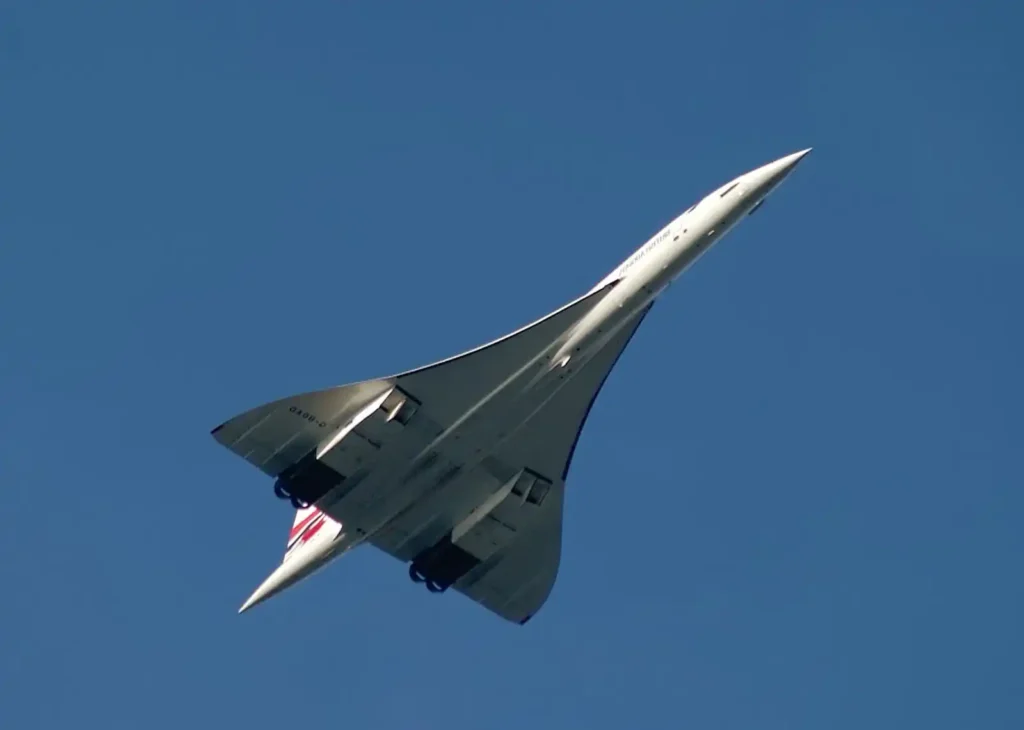
On January 21, 1976, the Concorde jet airliner entered service, promising a new era of supersonic travel. A technological masterpiece jointly produced by Britain and France, the Concorde could cross the Atlantic in less than half the time of standard airliners. Its sharp, needle-like shape and delta wings allowed it to reach speeds of Mach 2.04, over twice the speed of sound. Inside, passengers enjoyed fine dining and pampering service. While profitable for a time, the Concorde’s high-maintenance engines, noise, and sonic booms ultimately limited its appeal. Its last flight was in 2003, but the Concorde showed that commercial supersonic flight was possible.
5. The Antonov An-225 Mriya: The Giant of the Skies
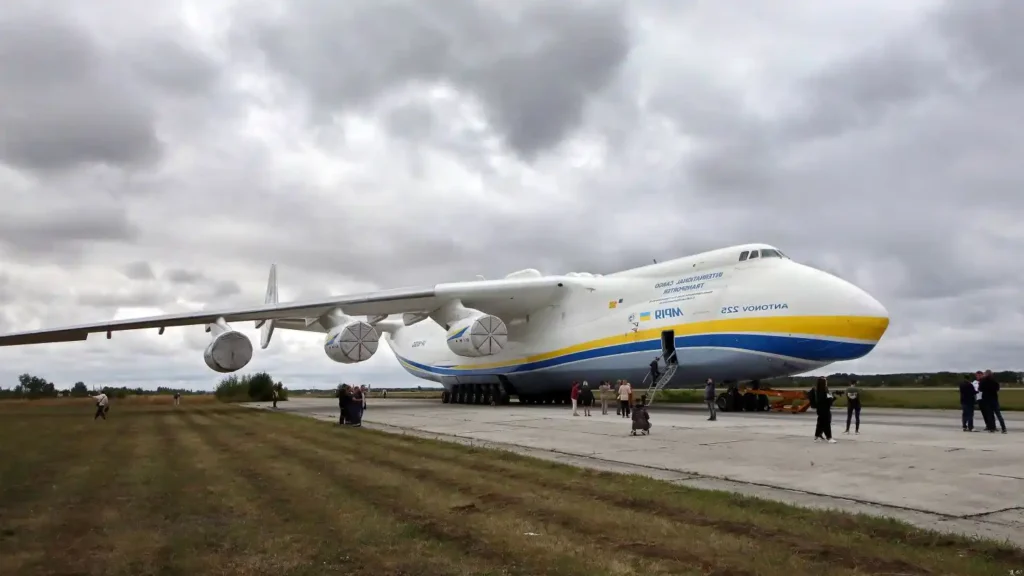
The Antonov An-225 Mriya, designed by the Soviet Union in the 1980s, held the title of the largest and heaviest airplane ever built. With a maximum takeoff weight of over 700 tons and a length of 84 meters (276 feet), the An-225 dwarfed all other airplanes. Its massive cargo bay could accommodate up to 250 tons, allowing it to transport some of the world’s largest payloads.
The An-225 was originally designed to airlift the Buran spaceplane for the Soviet space program. After the Buran program was canceled, the An-225 took on an important role as a one-of-a-kind cargo transporter. Its immense size allowed it to carry unique oversized loads like gas turbines, satellites, and even whole trains. In 2009, the An-225 set world records by transporting a single cargo of 247 tons.
Only one An-225 was ever built by the Antonov Design Bureau in Ukraine. Its remarkable lifting capabilities, aided by 6 turbofan engines and 32 wheels, made it a vital specialty carrier deployed at crucial moments. All this cemented the An-225’s reputation as an aviation icon that expanded the boundaries of cargo transport.
6. The Boeing 747: The Iconic Jumbo Jet
When it first rolled out in the late 1960s, the colossal Boeing 747 stunned the aviation world. With its distinctive upper deck hump and four powerful engines, the “Queen of the Skies” could carry over 400 passengers in unprecedented comfort. Early models featured luxurious amenities like spiral staircases, lounges, and even a bar. With an intercontinental range, the 747 shrank the world by making affordable long-haul travel widely accessible. Over 1,500 of these iconic jumbos have been built to date. Even into the 21st century, updated versions of this instantly recognizable jetliner continue to be produced.
7. The Airbus A380: Taking Jumbo Jets to New Heights
As airports grappled with surging passenger traffic into the 2000s, Airbus responded by designing the even larger, double-decked A380 superjumbo. Unveiled in 2007, this behemoth airliner can carry over 800 passengers and offers luxuries like showers, duty-free shops and cocktail lounges. Its spacious interior, spanning nearly the full length of a football field, provides an exceptionally comfortable ride. While four engines and massive wings provide lift, the A380 employs advanced computers and composites to stay lightweight. However, high operating costs have curtailed orders. Still, the A380 highlights how modern aviation technology can transport huge numbers of people across continents.
8. The SR-71 Blackbird: Speed and Stealth Combined

When it entered service in 1964, Lockheed’s SR-71 Blackbird claimed the title as the world’s fastest air-breathing aircraft. Nicknamed the “Sled,” the SR-71 reached astonishing speeds exceeding Mach 3.2, outpacing every interceptor of the era. To withstand the intense heat generated at these hypersonic speeds, the Blackbird was made of advanced titanium alloys and had a unique double-delta wing design. What truly set the SR-71 apart was its stealth capabilities, making it appear as a tiny blip on enemy radar. This allowed it to conduct strategic reconnaissance missions with near impunity. More than just fast, the SR-71 exemplified aviation technology at its pinnacle.
9. The F-22 Raptor: Pushing the Boundaries of Stealth
The F-22 Raptor, the US Air Force’s premier fighter jet since 2005, represents the pinnacle of stealth technology. Its sleek, diamond-shaped design minimizes radar reflection, while advanced avionics allow it to jam enemy sensors. This unmatched stealth gives the F-22 a formidable edge in air combat.
To complement its stealth, the Raptor boasts extreme maneuverability thanks to advanced flight control systems and thrust vectoring. Its supercruise capability allows sustained supersonic flight without afterburners. All this combines to make the F-22 nearly invincible in air-to-air combat.
At the core of the Raptor’s capabilities are its sensors and data fusion systems. Cutting-edge AESA radar provides detailed situational awareness, while integrated avionics collect data from sensors throughout the aircraft. Sophisticated software seamlessly consolidates this information for the pilot. This allows F-22 pilots to make informed decisions faster than adversaries.
The Raptor’s sophisticated yet lethal design cements its status as the world’s premier air dominance fighter. By combining stealth, speed, agility, and technological superiority, the F-22 dominates the skies like no other aircraft.
10. The Space Shuttle: Reusable Access to Space

NASA’s Space Shuttle, first launched in 1981, pioneered reusable spacecraft technology. Unlike capsules and rockets which were discarded after each launch, the shuttle orbiter detached from its massive external fuel tank upon reaching orbit and glided back to Earth when its mission was complete. The ability to loft satellites and space station components, then return crew and payloads gave the shuttle unique flexibility. Key innovations included a silica tile heat shield and paired solid rocket boosters providing the 3+ million pounds of thrust needed for liftoff. The five shuttles completed 135 missions until the program’s retirement in 2011.
From the Wright brothers’ historic first flight to the awe-inspiring Space Shuttle, visionaries have dreamed big and brought remarkable aircraft to life. These engineering marvels have redefined how we experience our world, linking far-flung cities and continents, spying on adversaries, and venturing to the heavens. As aviation technology continues its relentless march forward, the most extraordinary aircraft may be yet to come. But these iconic airplanes have already proven that human imagination and persistence can achieve the impossible.
